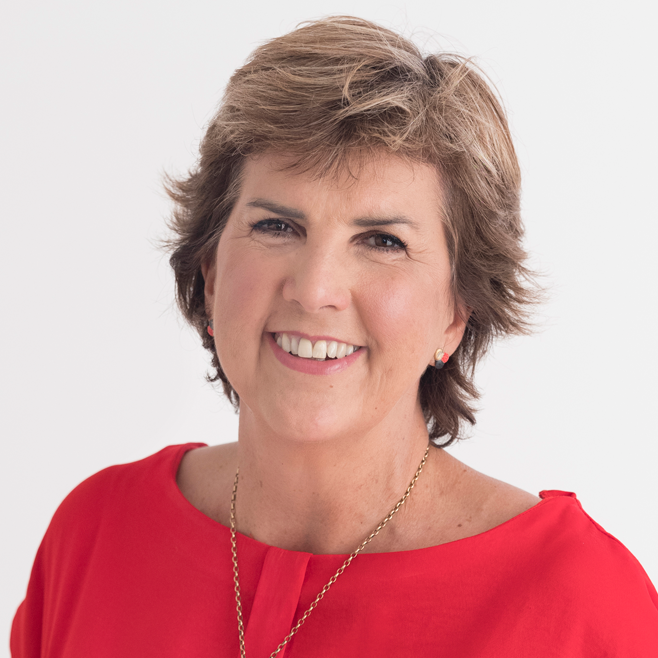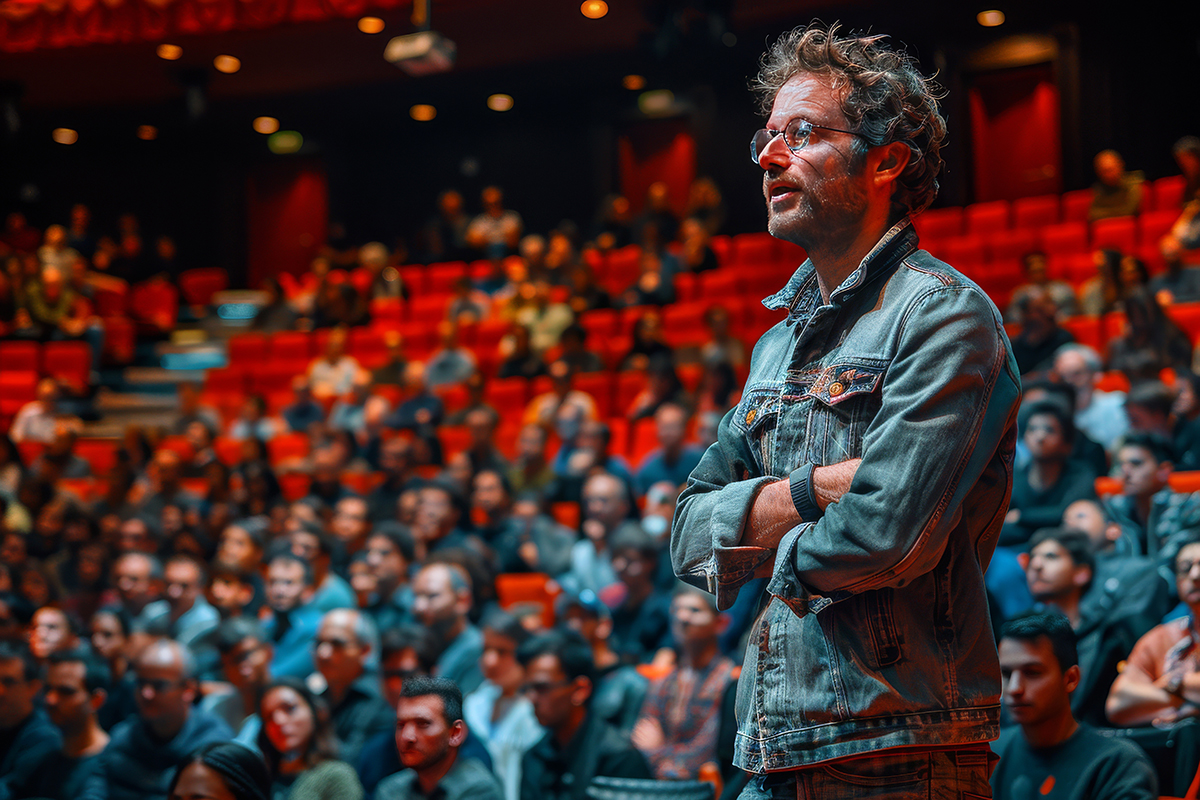
When public engagement became real.
About Engaging Then and Now
Public Participation or community engagement as it is often referred to today started to have a higher level of recognition in the 1980s. The people who created some of the foundational materials for the practice, however, are not known to most people in the field. The interviews for this project are our attempt to capture the stories of some of these people. These can be found on this site here.
Who we are
Margaret Harvie and Lewis Michaelson are seasoned practitioners with a combined seven decades of experience in the field of public participation. They first began collaborating with each other when the IAP2 Core Values were revisited five years after their adoption to make sure they were meeting their objective of being universally applicable while effectively demonstrating their practicality and utility.
The international vetting of the Core Values was led by Lewis and Margaret and resulted in two small but significant modifications to Core Value 3. During that process, the Core Values were affirmed as an essential tool for defining the practice of public participation and providing practitioners and decision-makers with a compass to navigate public expectations and best practices. Margaret and Lewis have been colleagues ever since.
Both Margaret and Lewis believe in upholding a code of ethics that compels us to be the best practitioners we can be and also give back to the field. Our project is but one small contribution in a long and prodigious history of practitioners donating their time to improve, expand and protect the integrity of our field.

Margaret Harvie

Lewis Michaelson

The Practice
Starting in the 1960s, academia, government agencies and non-governmental organisations began developing public participation models, programs and guidance. In the 1970s, laws began to be passed that explicitly directed government to carry out public participation as part of government decision making. Public meetings and hearings, held with the intent of informing and influencing decisions before they were formalised, became more commonplace.
The laws called for new skills in implementing these forms of public participation. However, the people responsible for implementation rarely had any experience, standards or structure to work with other than the legislative requirement to notify and meet with citizens. Slowly, experience (both good and bad) built up, and rudimentary guidance began to develop within individual agencies. The private sector began to fill the demand for training and consulting in the 1980s. Still, there was little cross fertilisation or opportunities to share case studies and best practices among the widely distributed practitioners laboring in isolation.
In the 1990s, a seminal event was the creation of the International Association for Public Participation Practitioners in North America, which later changed its name and spread to other countries and continents. It was the first attempt to bring together people who implemented public participation programs to talk about the field itself, not just a project or decision. The dialogue at conferences and as part of local chapters led to initiatives to create standards around best practices that all practitioners could use, regardless of where they worked or who employed them.
One of the tools that was an outcome of this time was the Spectrum of Public Participation. This tool along with ‘A New Spectrum of Community Engagement for Decision Making’ can be found here.
This project is brought to you by Lewis Michaelson and Margaret Harvie
Enquiries at info@plancom.com.au